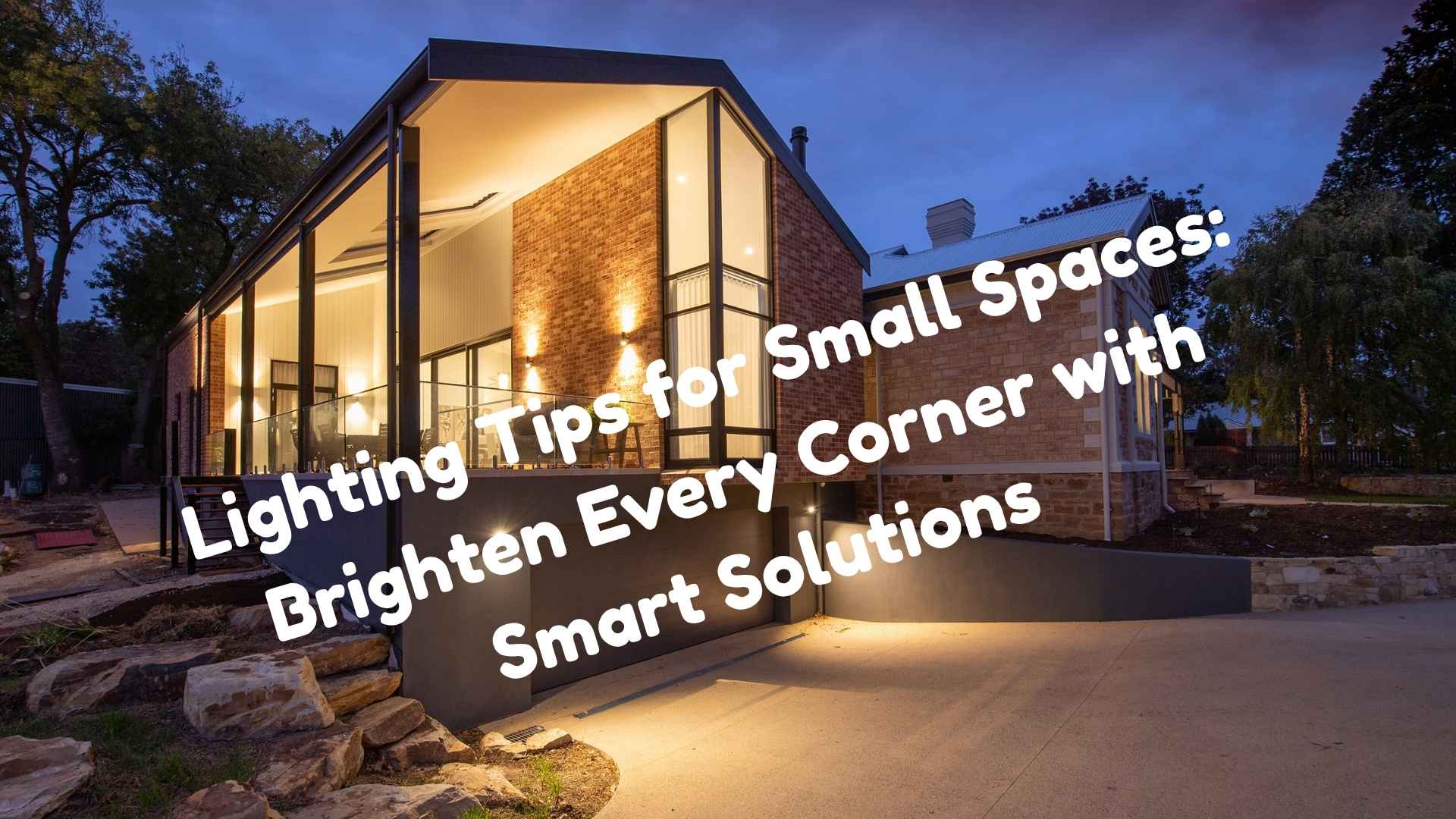Lighting Tips for Small Spaces: Brighten Every Corner with Smart Solutions
Lighting can transform even the tiniest of spaces, making them feel larger, warmer, and more welcoming. In small homes or apartments, choosing the right lighting techniques is essential not only for functionality but also for enhancing the overall atmosphere. This blog shares smart lighting tips for small spaces to help you brighten and maximize every corner of your home.
Why Lighting Matters in Small Spaces
Small spaces often struggle with limited natural light and cramped layouts. Proper lighting:
- Creates an illusion of more space
- Enhances mood and productivity
- Improves functionality of corners and nooks
- Highlights decor and interior design
Lighting Tips for Small Spaces
1. Use Layered Lighting
Layered lighting involves combining different types of lighting:
- Ambient lighting (overhead lights or ceiling fixtures)
- Task lighting (reading lamps, under-cabinet lights)
- Accent lighting (LED strips, wall sconces)
✅ Tip: In a small living room, use a mix of ceiling lights and floor lamps to create depth and dimension.
2. Go Vertical with Wall Sconces
Wall-mounted lights save floor and table space while adding charm. Choose sconces with adjustable arms to focus light where needed, especially in tight bedrooms or reading corners.
3. Choose Light-Colored Lampshades
Lampshades in white, cream, or light gray diffuse light better and reflect it throughout the room, making it feel brighter and more open.
4. Maximize Natural Light
- Use sheer curtains instead of heavy drapes
- Place mirrors opposite windows to reflect daylight
- Keep windows clean and clutter-free
Natural light is your best friend in small areas—maximize it before turning to artificial solutions.
5. Opt for LED Strip Lights
LED strips are thin, flexible, and fit under cabinets, behind mirrors, or along shelves. They’re energy-efficient and ideal for accent lighting in compact kitchens or bathrooms.
6. Use Reflective and Glossy Surfaces
While not a light source, glossy furniture, glass decor, and metallic finishes bounce light around the room, making spaces appear brighter and bigger.
7. Pick the Right Bulb Temperature
- Warm white (2700K-3000K): Ideal for bedrooms and living areas
- Neutral white (3500K-4100K): Suitable for kitchens and bathrooms
- Cool white (5000K+): Use sparingly—it can feel harsh in small spaces
Choose LED bulbs with the correct temperature to suit the room’s purpose and vibe.
8. Install Dimmers for Flexibility
Dimmers give you control over brightness levels depending on the time of day or mood. They’re great for transitioning from work to relaxation without harsh overhead light.
Must Read: How to Actually Stick to Your New Year Resolutions
9. Multi-Functional Fixtures
Look for lighting that also serves another purpose—such as mirrors with built-in lights, storage lamps, or tables with USB-lit charging stations.
10. Avoid Bulky Floor Lamps
In compact rooms, swap large floor lamps for pendant lights or wall-mounted fixtures to save space and reduce visual clutter.
Final Thoughts
With the right strategy, lighting small spaces doesn’t need to be a challenge. Think creatively, use layers, and reflect light to brighten up every nook. Whether you’re decorating a studio apartment or a cozy bedroom, these lighting tips will help you enhance your space beautifully and efficiently.








One Comment